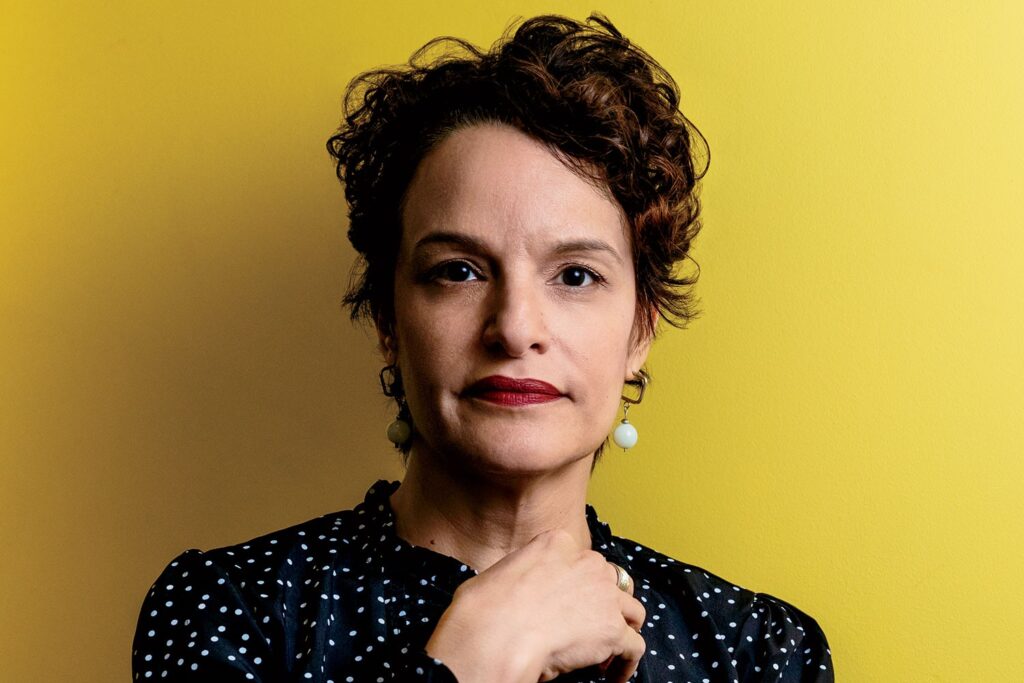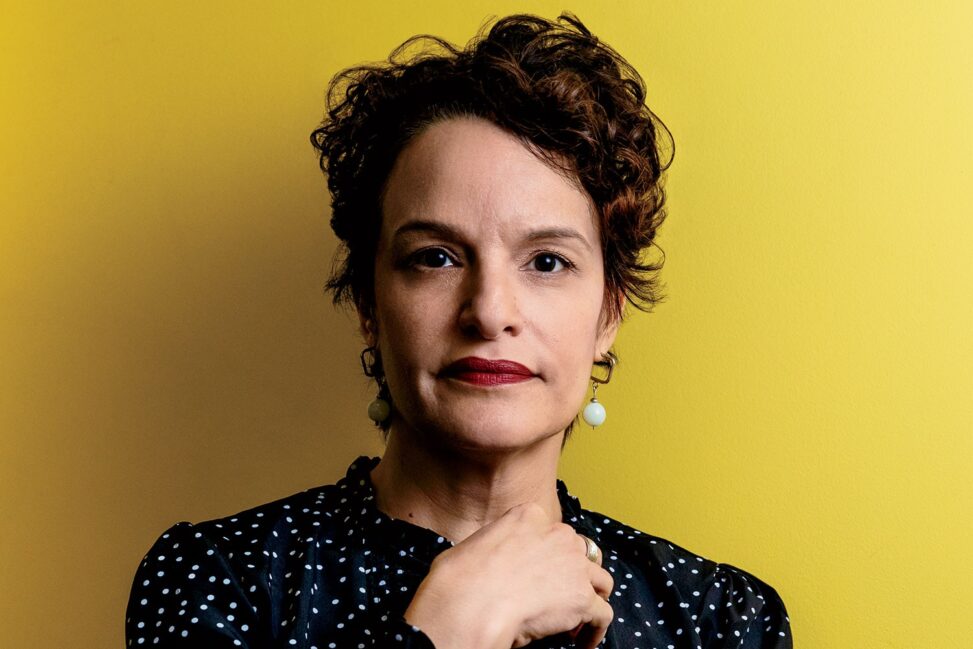By Barbara Nimri Aziz, June 21, 2020

Years ago in John Killins’ writers’ workshop of largely African Americans, one member woefully explains the thwarted plot of her novel in progress: — how, despite her effort to feature a Black hero: “By the second chapter, I had killed him off”. That Black character, even in her imagination, was irretrievably doomed; in a fictional scenario she still can’t rescue a Brother from his overriding Black American destiny.
My memory of that dilemma becomes personal as I review more and more books authored by American Muslims. These writers may find themselves in a similar quandary, namely how to overcome, in our case, the established Muslim terror scenario, and re-imagine our heroes.
Forty years ago, our history included no 911 attacks, no American assaults on Middle East nations, and only a handful of Muslim mosques. Most of us originating from those yet-to-be-targeted lands were not ‘Muslims’ then; we were simply immigrants– Arab, Turkish, Iranian –trying our best to pass unnoticed.
How fellow Americans view Arabs and how we perceive ourselves under their gaze has dramatically changed these past decades. Today, while scanning the range of our literary output, I wonder: will we ever break through our fraught and stereotyped identities?
Racist-based school bullying of our children, endless wars in our homelands, misconceptions of our faith, alarming news headlines and pressures from our overriding culture are so insistent, we feel compelled, even through art, to explain ourselves in terms of the smothering American framework.
Muslim writers are caught in this net. Honing our artistic skills and determined to speak for ourselves, we are turning to fiction, devising new themes and redefining our heroes. Still, unceasing references to terror threats and pressure to explain or defend our faith worm their way into novels, even by writers only faintly Muslim.
Afaf Rahman is the heroine in The Beauty of Your Face, a first novel by Chicago-based writer Sahar Mustafah. We’re just introduced to challenges Rahman faces as headmistress of Nurrideen School for Girls when a crisis explodes:–the school is under armed siege. But we barely detect the attack when the author abruptly transports us back when Afaf was 10 and one of three children in a family of struggling Arab immigrants. Alienated from the surrounding American culture, the Rahmans are adrift with no cultural or religious bonds to anchor them.
Nada the oldest child has run away leaving Afaf and her brother to muddle on, their fate complicated by an embittered mother and an inattentive, discomfited father. We follow Afaf through her teenage years, aimless and friendless, incapable of dealing with bullying classmates and the disdain of teachers. How this floundering child stumbles through a tangle of impediments becomes the core of the novel.
This portrait of Arab and other peasant immigrants who settled in the U.S. between World Wars I and II isn’t completely fictional. With ties to their homelands ruptured, many newcomers lacked meaningful cultural foundations, including religious faith. (To personify that cultural barrenness, the author gives us Muntaha, Afaf’s hapless mother. Muntaha’s perfunctory offerings of Arab food are no substitute for love; they neither save her marriage nor redeem her children.)
Ongoing crises in the Rahman family reach a climax when the father, a heavy drinker, has an auto accident. After members of a local mosque reach out to assist him, he begins to rebuild his life, joined by Afaf but not Muntaha or his son. (Mosque membership is not the answer for everyone.)
The author, drawing on a sober picture of Arab-American life, offers her heroine redemption less through lofty Islamic ideals than from solid emotional sustenance proffered by a community of confident women. Among those sisters, Afaf finds friendship and respect she’d never known. Moving forward with pride and direction, she learns to pray with others and covers her hair in a gentle rite of passage.
The only interlude in this long narrative is a brief return to the siege where we find ourselves with the killer rampaging through the school. We learn how his own unhappy childhood, a lost brother, and his personal failures had bred the vengeance he eventually directs at Muslims.
The siege ends. Afaf recovers from a gunshot wound, although many students have perished. And the terrorist is captured and convicted.
The issue of how Muslims might move on after such trauma is never resolved, however. This dilemma is manifest in Afaf’s naïve determination to visit and dialogue with the imprisoned killer. There’s no satisfactory resolution. Although Afaf resumes her life reasonably healed, her society is unrepentant.
Another newly released Muslim family’s story is No True Believers. It’s by Rabiah York Lumbard, an award-winning children’s author, also Muslim-American. The heroine in this invigorating, fast-paced conspiracy thriller for young readers is 18-year-old Salma Bakkioui, a computer geek at Franklin High in Arlington, Virginia, where we (again) find anti-Muslim bullying entrenched.
Unlike Afaf, Salma enjoys solid friendships and savvy parents (Moroccan-origin father and Georgia-born Muslim-convert mother) who are with her all the way. This spunky, non-nonsense teenager invokes her hacking skills to counter attacks by fellow students whose spite and bias are reinforced by school staff and police.
Author Lumbard exhibits masterful skill in contemporary teen language while her young Muslim sleuth uncovers and foils a white supremacist plot against the town. It’s a fast moving adventure offering suspense, action and a rich cast of characters at the same time that it educates readers about the ‘cool’ daily life of a hip Muslim family.
These two novels signal a real advance in Muslim literary narratives. Yet, terror threats seem to remain essential to their plots. END

